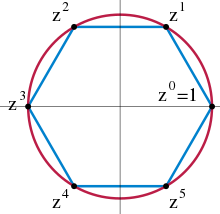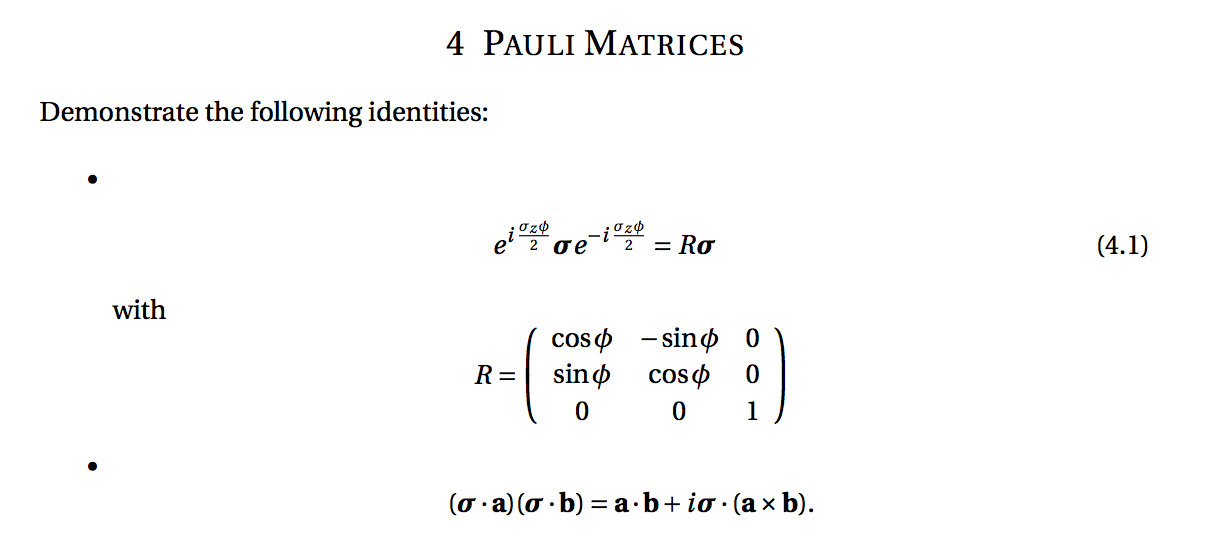user228700
user228700
user228700
user228700
user228700
user228700
user147690
user147690
user147690
user147690
user147690
user147690
user147690
user147690
user147690
user147690
user147690
user147690
user147690



